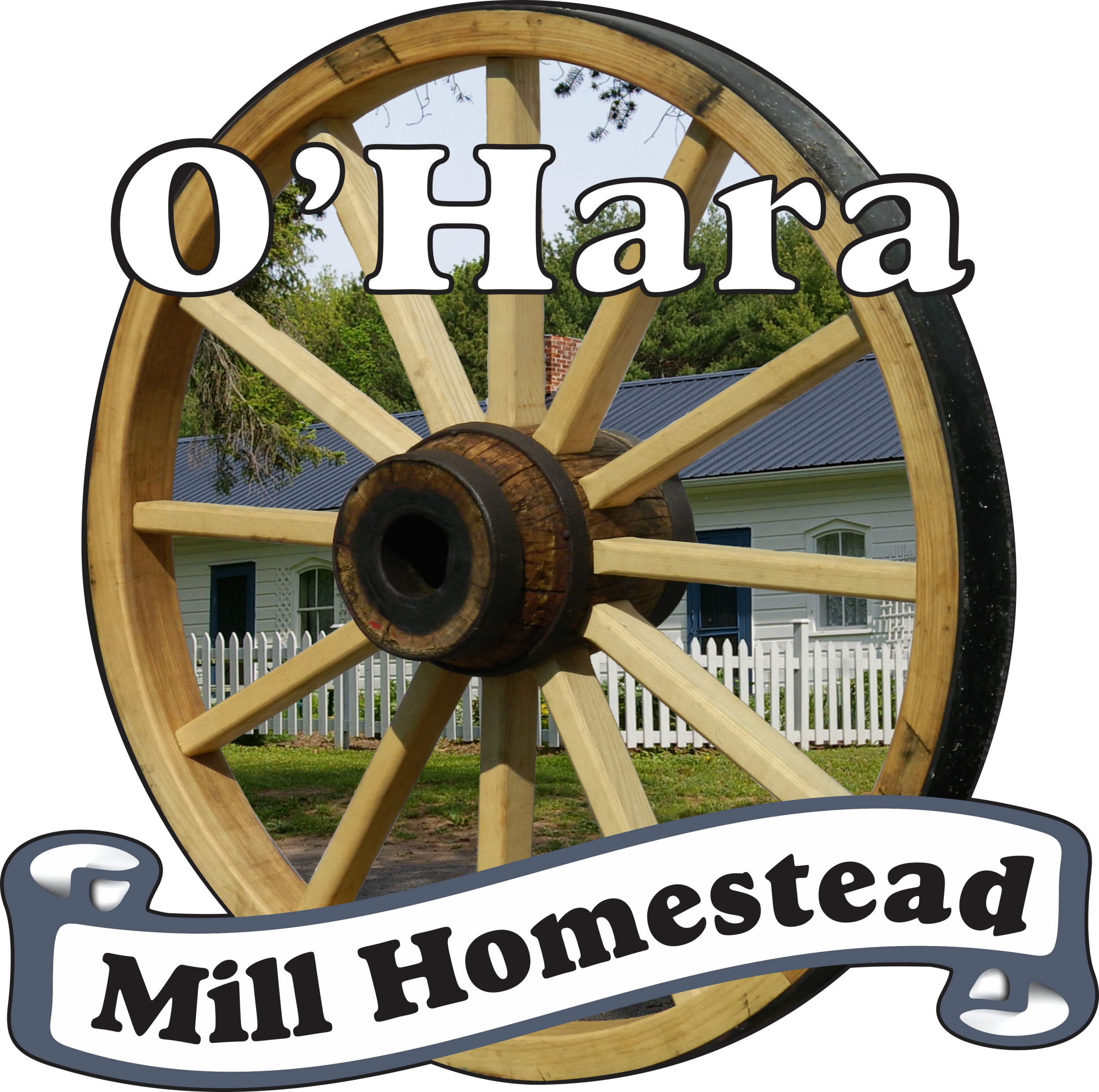The Cold Truth
In the days preceding refrigerators, pioneers like the O’Haras had to find creative ways to keep their food cold and preserved. The closest to a refrigerator they would have gotten would be their ice house and ice box.
Over the winter, one of the chores that needed to be accomplished was filling the ice house. These houses would be heavily insulated with things like packed straw and dirt. Ice houses were also commonly built partially underground as to take advantage of the cool soil already surrounding the construction. Another important characteristic of the ice house construction was that it was built in a spot with all day shade, this would minimize direct heat from the sun that would otherwise melt the ice. To fill the ice house, or ice wells as they were sometimes referred, ice would be chipped or carved from the surface of a nearby lake and transported on a sled back to the ice house.
When a family wanted to refrigerate something, like dairy products, they had two options; store it directly in the ice house or store it in an ice box that resided in or closer to the house. These ice boxes were designed for short-term cold storage as the ice inside would melt much faster than that in the ice house. The ice in the box would come from the ice house, so there was limited time for convenient cold storage.
It is quite a simple concept that can be replicated quite easily. Many Amish families still use ice houses today that are better insulated. When built properly, at a large enough size, one can have cold refrigeration all summer long.
For each friday posting, we’ll have a recipe alongside the bulk of the idea for the week. For this week we have chosen rhubarb marmalade! It is quite simple to make and extremely delicious! Rhubarb can be quite sour, but when mixed with lots of sugar, it is divine.
𝓟𝓮𝓽𝓮𝓻 𝓪𝓷𝓭 𝓜𝓲𝓪
Above: Moseley Park ice house in Bilston, England (moseleypark.co.uk)
Above: Recipe for rhubarb marmalade (Small Farmer’s Journal, vol. 30, #4)


